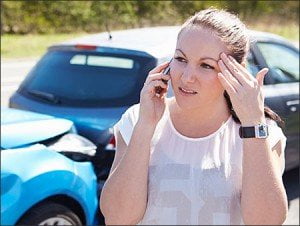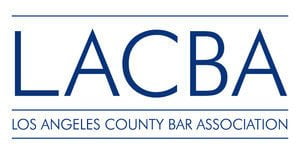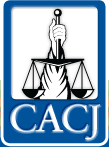Hit and run accidents (California 20001 and 20002 VC)
If you turn on the local news, chances are you’ll hear that another hit and run accident happened in Los Angeles today.

Leaving the scene of an accident is unlawful under most circumstances. If another person was injured, or damage occurred to another vehicle or someone’s property, the driver has a duty to identify themselves to the other party(s) involved and/or police. Penalties for hit and run can be severe, and leaving the scene can make an already difficult situation much worse.
Car accidents are a reality of driving in the Los Angeles area, and it seems like hit and run accidents are on the news every night. Sections 20001 and 20002 of the California Vehicle Code make it a crime for a driver to flee the scene of a car accident regardless of whether or not someone was injured. Under California’s hit and run laws, a driver involved in a traffic accident can be charged with a hit and run offense if they leave the scene of an accident without identifying themselves to the other party or parties involved when someone’s property is damaged in the accident, or someone besides the driver is injured or dies as a result of the accident.
How can you avoid a hit and run charge?
A driver can be charged for a hit and run if they are involved in an accident and fail to stop after any of the following:
A person is killed or injured.
A person, animal, or non-vehicle property is hit.
Damage was caused to a vehicle.
Another parked or moving vehicle was hit.
A driver’s duties after an accident
Under California 20001 and 20002 VC, a driver involved in an accident must:
Safely pull over and stop.
Identify themselves to a police officer on the scene or the victim.
Offer reasonable assistance to the victim.
A driver who hits a parked car or causes damage to other property (such as a mailbox) must make a reasonable effort to locate the owner. If no owner can be located, the driver must leave a note in plain view that provides the driver’s contact information and a brief summary of the accident.
Penalties for hit and run
A hit and run can be charged as a misdemeanor or felony offense depending on the damage to property and life. An accident resulting only in property damage is typically charged as a misdemeanor offense and carries a penalty of up to six months in jail and a fine of up to $1,000. However, misdemeanor charges can often be dismissed as the result of a civil compromise.
If the accident resulted in serious injury or death to someone besides the driver, the driver may be charged with a misdemeanor or felony offense depending on the their criminal record and the circumstances of the accident. This type of hit and run conviction carries a minimum sentence of 90 days to one year in jail as a misdemeanor, or between two to four years in prison as a felony. A fine of $1,000 to $10,000 may also be imposed.
Additionally, drivers charged with a hit and run can expect higher insurance rates, points added to their DMV driving record, and the possibility of a civil lawsuit brought by the parties involved.
Possible defenses against a charge of hit and run
Only a qualified attorney can help defend you against a hit and run charge. Some possible legal defenses include:
You were not the driver of the car involved.
You did not willfully leave the scene of the accident.
You did not willfully fail to exchange contact information.
You had no knowledge that you were involved in an accident where property damage, death, or injury occurred.
You were justified in leaving the scene of the accident because you were seeking medical attention for yourself or someone else.









